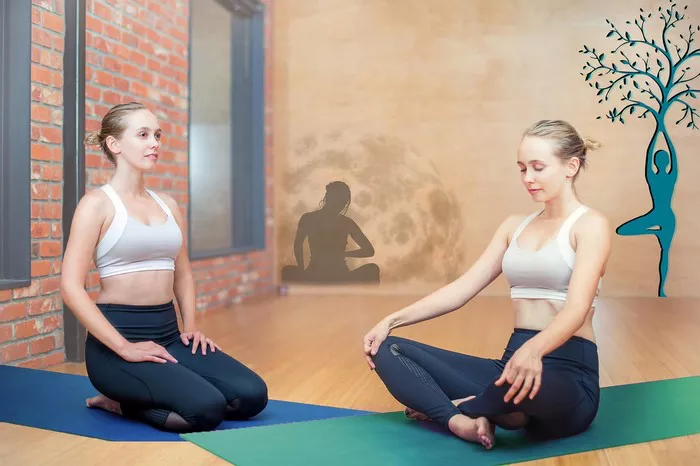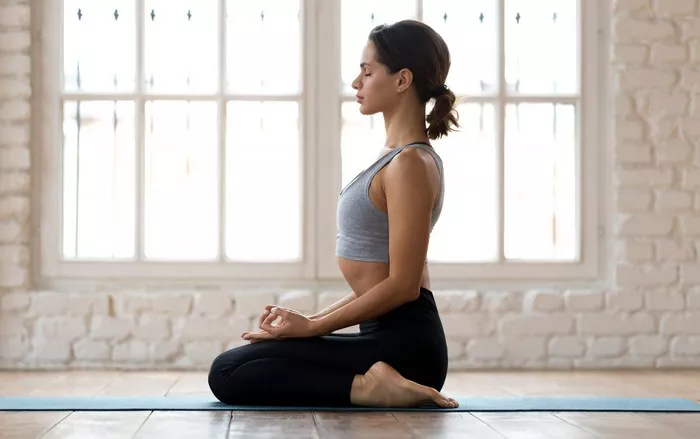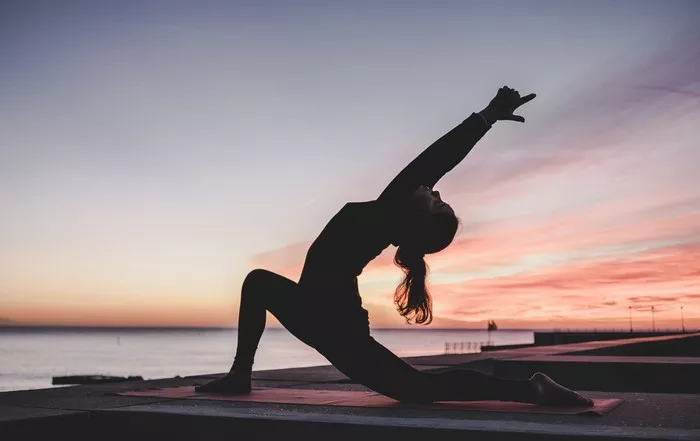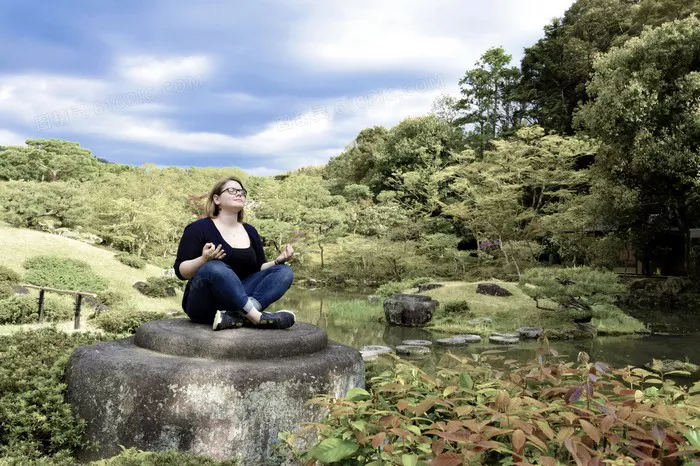Bikram Yoga is a structured form of hot yoga that consists of a sequence of 26 postures (asanas) and two breathing exercises, performed in a heated room (typically around 105°F with 40% humidity). Each class follows a consistent format, lasting 90 minutes. Properly holding each pose for the recommended duration is essential for maximizing the benefits, improving flexibility, and preventing injuries.
Understanding the Duration of Each Pose
In a traditional Bikram Yoga class, most poses are held for either 60 seconds or 30 seconds, depending on the posture and the set. The sequence is performed in two sets, meaning each pose is repeated twice. However, some poses have different holding times in the second set.
Warm-Up and Breathing Exercises
Pranayama Deep Breathing (Standing Deep Breathing) – 1 minute per round
This opening breathing exercise is performed in two rounds, each lasting approximately 1 minute.
Standing Series
Half Moon Pose (Ardha Chandrasana) with Hands to Feet Pose (Padahastasana) – 60 seconds first set, 30 seconds second set
This includes a side bend (Half Moon), a backbend, and a forward bend.
Awkward Pose (Utkatasana) – 30 seconds per part
This pose consists of three parts, with each part held for 30 seconds.
Eagle Pose (Garudasana) – 30 seconds per side
Each side is held for 30 seconds in both sets.
Standing Head to Knee Pose (Dandayamana-Janushirasana) – 30-60 seconds per side
First set: Hold for 60 seconds.
Second set: Hold for 30 seconds.
Standing Bow Pulling Pose (Dandayamana-Dhanurasana) – 60 seconds first set, 30 seconds second set
First set: 60 seconds per side.
Second set: 30 seconds per side.
Balancing Stick Pose (Tuladandasana) – 10 seconds per side
Each side is held for 10 seconds in both sets.
Standing Separate Leg Stretching Pose (Dandayamana-Bibhaktapada-Paschimottanasana) – 60 seconds first set, 30 seconds second set
First set: 60 seconds.
Second set: 30 seconds.
Triangle Pose (Trikonasana) – 30 seconds per side
Each side is held for 30 seconds in both sets.
Standing Separate Leg Head to Knee Pose (Dandayamana-Bibhaktapada-Janushirasana) – 30 seconds per side
Each side is held for 30 seconds in both sets.
Tree Pose (Tadasana) – 30 seconds
Held for 30 seconds.
Toe Stand Pose (Padangustasana) – 30 seconds
Held for 30 seconds.
Floor Series
Corpse Pose (Savasana) – 20 seconds after each pose
Brief rest between postures, except for a longer savasana after the spine-strengthening series.
Wind Removing Pose (Pavanamuktasana) – 30 seconds per leg, 10 seconds both legs together
Hold each leg for 30 seconds, then both legs for 10 seconds.
Sit-Up (Pada-Hasthasana) – Quick execution
This is a dynamic transition, so it is not held for a specific time.
Cobra Pose (Bhujangasana) – 30 seconds first set, 20 seconds second set
First set: 30 seconds.
Second set: 20 seconds.
Locust Pose (Salabhasana) – 10-30 seconds per variation
First: One leg lifted for 10 seconds.
Second: Other leg lifted for 10 seconds.
Third: Both legs lifted for 30 seconds.
Full Locust Pose (Poorna-Salabhasana) – 10-30 seconds
First set: 10 seconds.
Second set: 30 seconds.
Bow Pose (Dhanurasana) – 30 seconds first set, 20 seconds second set
First set: 30 seconds.
Second set: 20 seconds.
Fixed Firm Pose (Supta-Vajrasana) – 20-30 seconds
Held for 20-30 seconds in each set.
Half Tortoise Pose (Ardha-Kurmasana) – 30 seconds
Held for 30 seconds.
Camel Pose (Ustrasana) – 20 seconds per set
Each set is held for 20 seconds.
Rabbit Pose (Sasangasana) – 20 seconds
Held for 20 seconds.
Head to Knee Pose (Janushirasana) with Stretching Pose (Paschimottanasana) – 30 seconds per leg, 30 seconds both legs
Hold each leg for 30 seconds.
Hold both legs for 30 seconds.
Spine Twisting Pose (Ardha-Matsyendrasana) – 30 seconds per side
Each side is held for 30 seconds.
Blowing in Firm Pose (Kapalbhati in Vajrasana) – 60 seconds
Performed in two rounds, each lasting approximately 60 seconds.
Why Holding Time Matters
The duration of each posture is designed to:
- Allow deep muscle engagement and stretching.
- Improve circulation and oxygenation.
- Build stamina and focus.
- Enhance detoxification through sweating.
Shorter holds (10-30 seconds) focus on balance and core activation, while longer holds (60 seconds) allow for deeper flexibility and strength development.
Conclusion
Understanding the correct holding times for each pose in Bikram Yoga ensures that you receive the maximum benefits from your practice. Following the structured timing not only improves flexibility and strength but also deepens your mind-body connection. Stick to the recommended durations and practice with consistency to experience the full potential of Bikram Yoga.
Related topics:





















